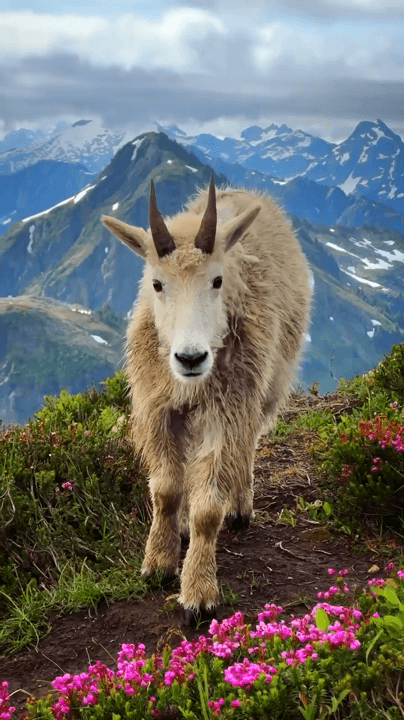
Tout sur la Chasse en OCCITANIE: Espèces de gibier, périodes de chasse, associations et clubs locaux, réglementation régionale L’Occitanie, vaste région du sud de la France, offre une mosaïque de terrains de chasse allant des sommets pyrénéens aux étangs méditerranéens. Entre traditions ancestrales et réglementations modernes, découvrez pourquoi cette région attire des chasseurs du monde entier. Voici un guide complet pour comprendre la chasse en Occitanie. Géographie et Atouts Naturels L’Occitanie combine des écosystèmes uniques : - Pyrénées: Refuges pour l’isard, le chamois, et le bouquetin. Le Parc National des Pyrénées abrite également des ours bruns. - Massif Central: Forêts de chênes et de hêtres (ex : Forêt de Grésigne) propices au cerf élaphe et au sanglier. - Camargue Gardoise: Zones humides classées Natura 2000 pour les canards sauvages, oies cendrées, et bécassines. - Garrigues et vignobles: Terrains ouverts pour le lièvre et la perdrix rouge. Particularités de la C
Post: 12 June 21:06



























